By Jenn Janness, DNR Urban Forestry Outreach Specialist
Jennipher.Janness@wisconsin.gov or 715-815-7173
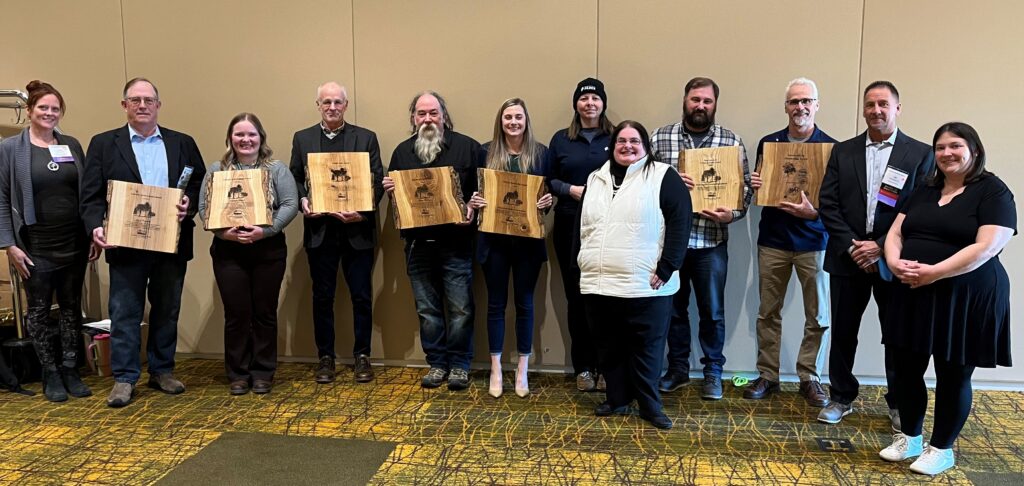
The Wisconsin Urban Forestry Council presents annual awards for furthering urban forestry in the state.
The Wisconsin Urban Forestry Council recently announced its annual awards honoring those dedicated to protecting, preserving and increasing the number of trees that line city streets, fill community parks and beautify neighborhoods throughout the state.
The Wisconsin Urban Forestry Council advises the Wisconsin Department of Natural Resources (DNR) on managing urban and community forest resources.
“Each year, these awards remind me of how special the people are in our industry and the numerous accomplishments they fulfill,” said Lee Fredericks, Wisconsin Urban Forestry Council Award Committee Chair. “Whether they are taking on projects to expand their leadership, involving the next generation of arborists or advancing species diversity in the urban forest canopy, the state as a whole truly benefits.”
This year’s recipients were announced at the 2025 Wisconsin Arborist Association/DNR Urban Forestry Conference in Green Bay. The categories and winners are: Continue reading “Wisconsin Tree Leaders Recognized For Exceptional Community Service” →


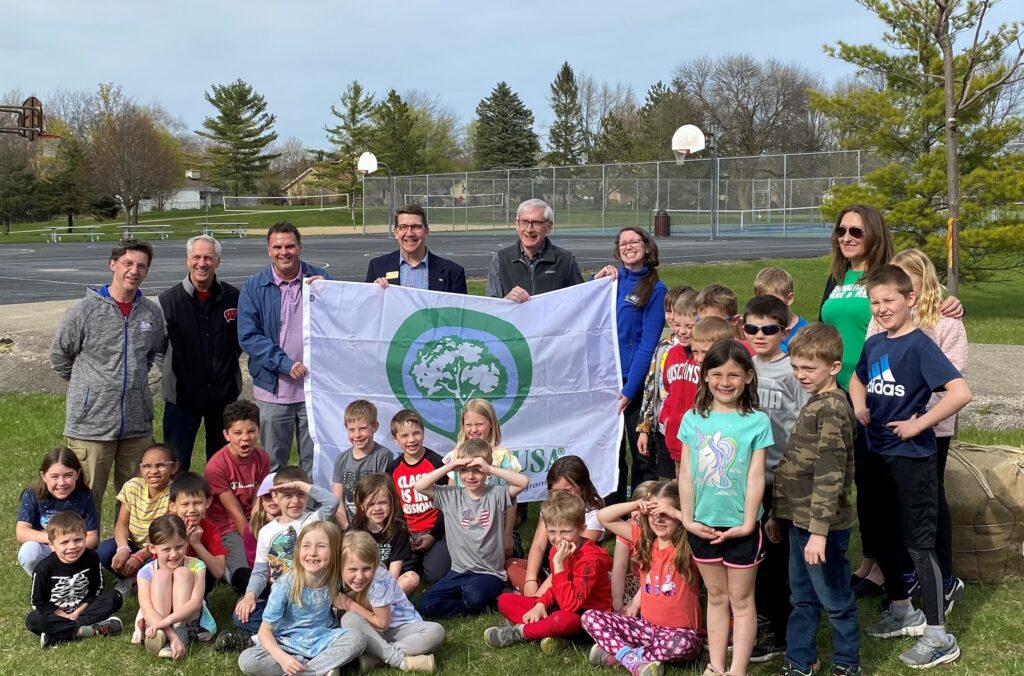 Arbor Day’s roots began in the late 1800s in Nebraska where, according to the Arbor Day Foundation, residents of Nebraska City felt a lack of trees in their community. The secretary of the Nebraska Territory at the time, J. Sterling Morton, proposed a statewide tree-planting holiday, and on April 10, 1872, the first Arbor Day was celebrated.
Arbor Day’s roots began in the late 1800s in Nebraska where, according to the Arbor Day Foundation, residents of Nebraska City felt a lack of trees in their community. The secretary of the Nebraska Territory at the time, J. Sterling Morton, proposed a statewide tree-planting holiday, and on April 10, 1872, the first Arbor Day was celebrated. 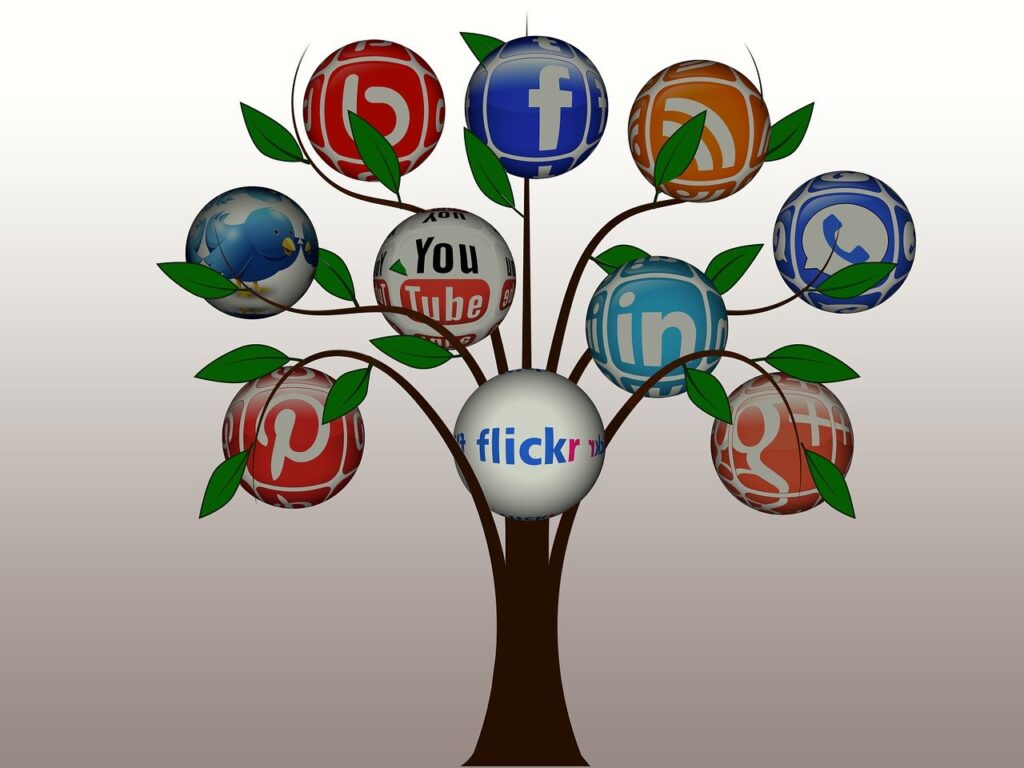 For the last few years, our urban forestry team has been writing social media posts for Wisconsin communities to post during Arbor Week. We encourage you to use social media to celebrate the many benefits of trees and inform the public about the importance of tree care.
For the last few years, our urban forestry team has been writing social media posts for Wisconsin communities to post during Arbor Week. We encourage you to use social media to celebrate the many benefits of trees and inform the public about the importance of tree care.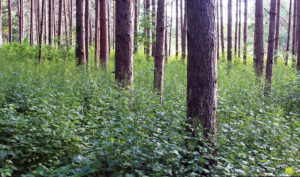
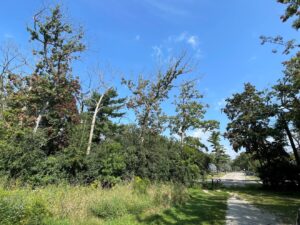

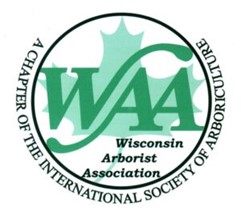 The Wisconsin Arborist Association (WAA) and the Wisconsin Department of Natural Resources (DNR)’s Urban Forestry program cohosted their annual conference on Feb. 16-18 in Green Bay. One of the preeminent events in arboriculture and urban forestry, the gathering brought together hundreds of people from the private, public, nonprofit and academic sectors to network and share knowledge about urban forest management.
The Wisconsin Arborist Association (WAA) and the Wisconsin Department of Natural Resources (DNR)’s Urban Forestry program cohosted their annual conference on Feb. 16-18 in Green Bay. One of the preeminent events in arboriculture and urban forestry, the gathering brought together hundreds of people from the private, public, nonprofit and academic sectors to network and share knowledge about urban forest management. This year was a record-breaker: 946 attendees, the highest mark ever. Data was also compiled regarding organizational affiliations of attendees this year.
This year was a record-breaker: 946 attendees, the highest mark ever. Data was also compiled regarding organizational affiliations of attendees this year. 